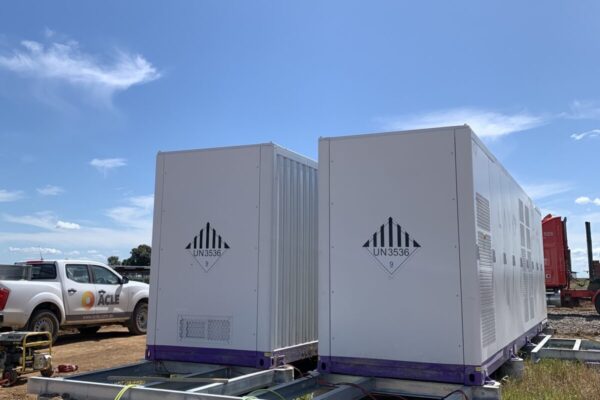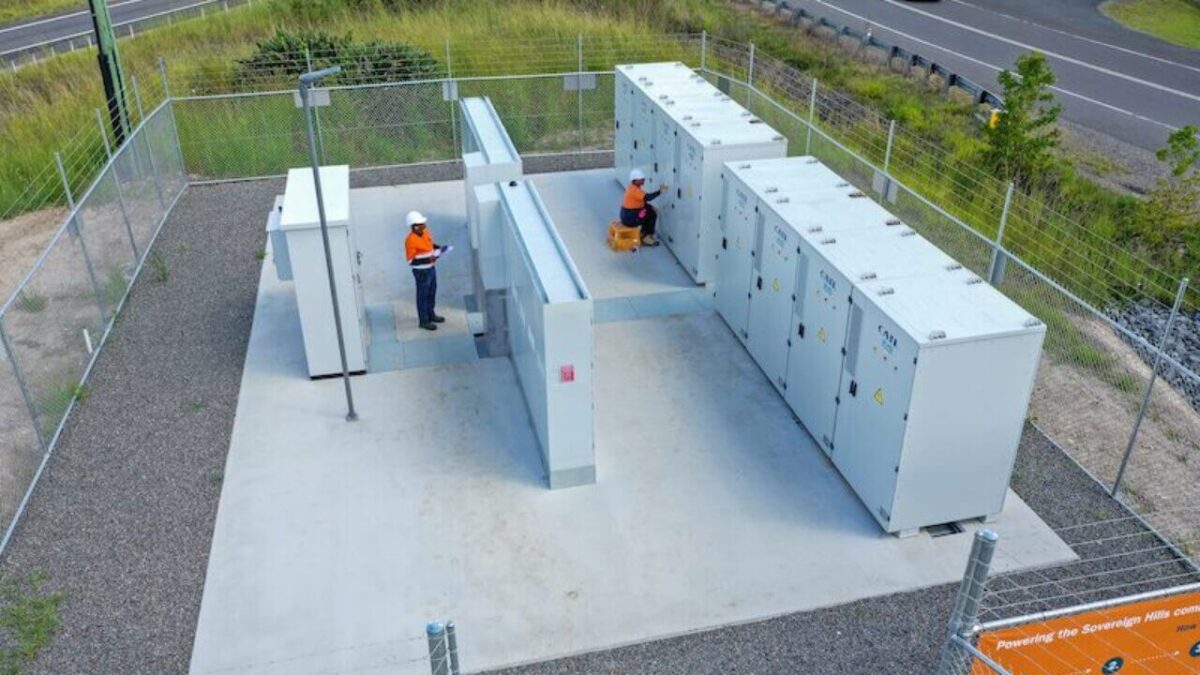Projections indicate that Australia will require approximately nine times its current utility-scale solar and wind generating capacity by 2050. Given the significant demand, Australia must prioritise the effective storage and utilisation of renewable energy resources.
Fortunately, Australia’s abundant solar resources and vast land area have positioned the country as a leading figure in the global fight against climate change and clean energy generation – the country has the world’s highest per-capita solar energy penetration.
However, despite significant achievements in renewable energy deployment, Australia still grapples with the challenge of seamlessly integrating these sources into its power grid. Effective storage utilisation of renewable energy is no longer just a good to have, but a must-have to meet the nation’s high demand for renewable energy usage, particularly solar power.
As Director of Australian EPC ACLE Services, I have witnessed the impact of battery energy storage systems (BESS) in stabilising energy reliability. So much so that we are currently planning to develop multiple distributed utility-scale BESS systems (DBESS) across southeast Australia with further plans underway to expand this technology solution nationally.
The rationale behind this initiative is clear: BESS not only improves grid stability and efficiency but also minimises outages.
It also provides greater flexibility and redundancy compared to traditional large-scale energy storage solutions. By locating storage systems closer to the load and integrating them at the distribution voltage level, developers unlock many benefits, ranging from enhanced network support to improved efficiency and redundancy.
In contrast to large-scale BESS projects, which may pose a single point of failure, distributed BESS installations minimise the impact of potential outages, safeguarding against the domino effect of cascading failures. The shorter timeframes for commissioning and deployment enable swift integration into the grid, providing immediate relief to network constraints and enhancing system flexibility.

Image: ACLE Services
Despite the promising prospects of BESS, several challenges and barriers impact their widespread adoption.
One significant obstacle is the current economic viability of these storage solutions. While the costs of clean energy generation have plummeted in recent years, high upfront capital costs, coupled with ongoing maintenance expenses, pose financial hurdles for developers and investors, which limit the scalability of such projects.
Grid integration complexities present another challenge. Australia’s vast and decentralised electricity network, characterised by diverse regulatory frameworks across states and territories, complicates the seamless integration of BESS. Variations in grid infrastructure, operating protocols, and market mechanisms necessitate tailored solutions to ensure compatibility and interoperability.
To effectively address the hurdles hindering the widespread adoption of BESS technologies in Australia, a comprehensive strategy must be formulated, one that would include supportive government policies and financial incentives.
One crucial aspect of this strategy involves the provision of financial incentives, such as tax credits and grants, to alleviate the substantial upfront costs associated with deploying BESS.
By offering financial support, governments can incentivise private sector investment in storage infrastructure, accelerating the pace of adoption and scale-up. These incentives not only make projects more economically viable but also attract a broader range of investors, including developers and institutional funds. This diversifies funding sources and reduces financial barriers to entry.
Streamlining permitting processes and reducing regulatory barriers is essential to expedite project development and ensure a conducive operating environment for BESS installations. By creating a more efficient and predictable regulatory framework, governments can enhance investor confidence and attract greater investment in BESS projects.
As the integration of renewable energy sources like solar increases, the need for battery energy storage will become necessary if Australia aims to purely rely on clean energy to power the country. However, this would first require incentives, market signals and tax credits set forth by the government to alleviate the substantial upfront costs associated with deploying storage systems for developers, investors, and consumers wanting to make the green switch.
Author: Brenton Moratto, Director and co-founder, ACLE Services
The views and opinions expressed in this article are the author’s own, and do not necessarily reflect those held by pv magazine.
This content is protected by copyright and may not be reused. If you want to cooperate with us and would like to reuse some of our content, please contact: editors@pv-magazine.com.








By submitting this form you agree to pv magazine using your data for the purposes of publishing your comment.
Your personal data will only be disclosed or otherwise transmitted to third parties for the purposes of spam filtering or if this is necessary for technical maintenance of the website. Any other transfer to third parties will not take place unless this is justified on the basis of applicable data protection regulations or if pv magazine is legally obliged to do so.
You may revoke this consent at any time with effect for the future, in which case your personal data will be deleted immediately. Otherwise, your data will be deleted if pv magazine has processed your request or the purpose of data storage is fulfilled.
Further information on data privacy can be found in our Data Protection Policy.